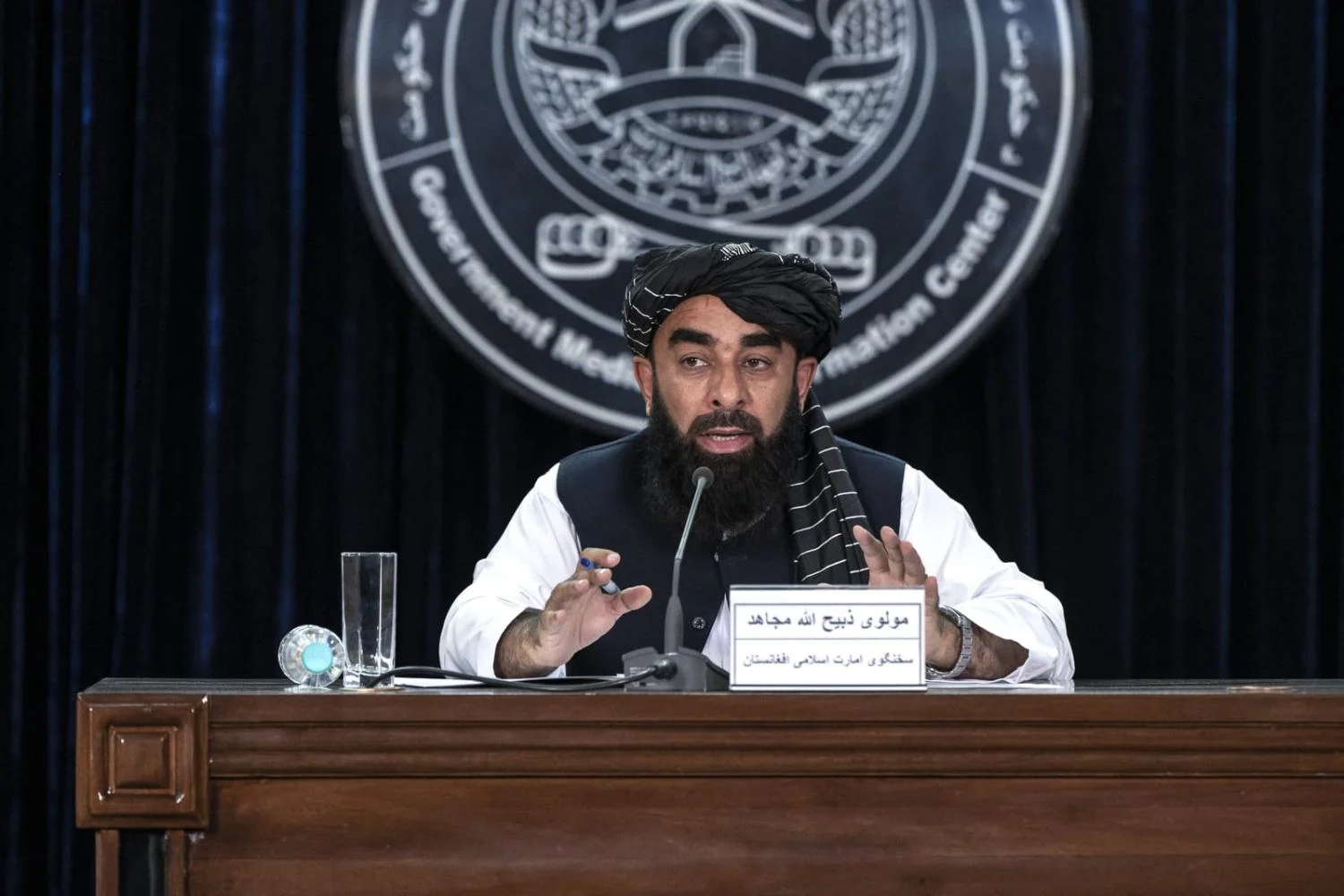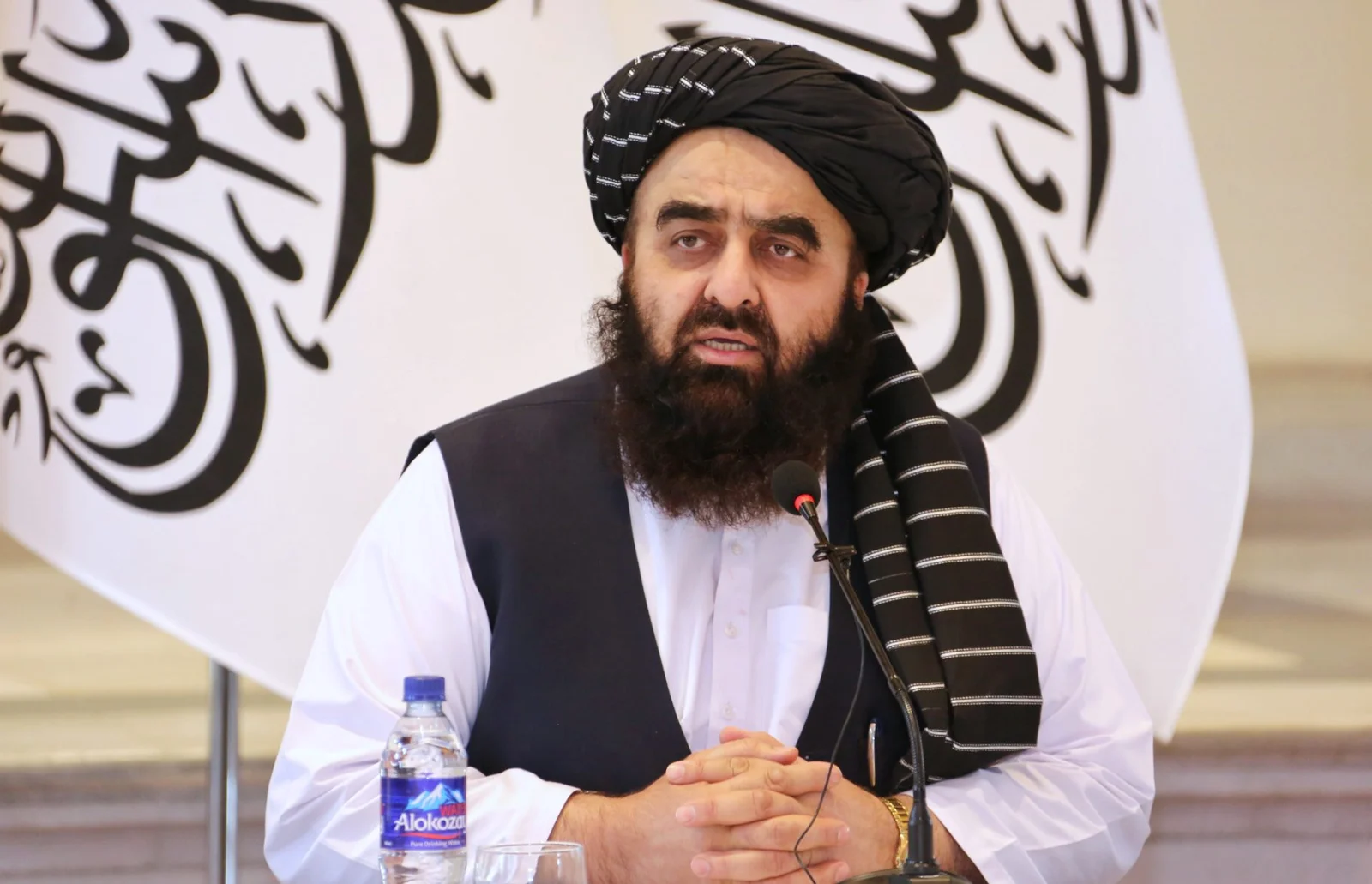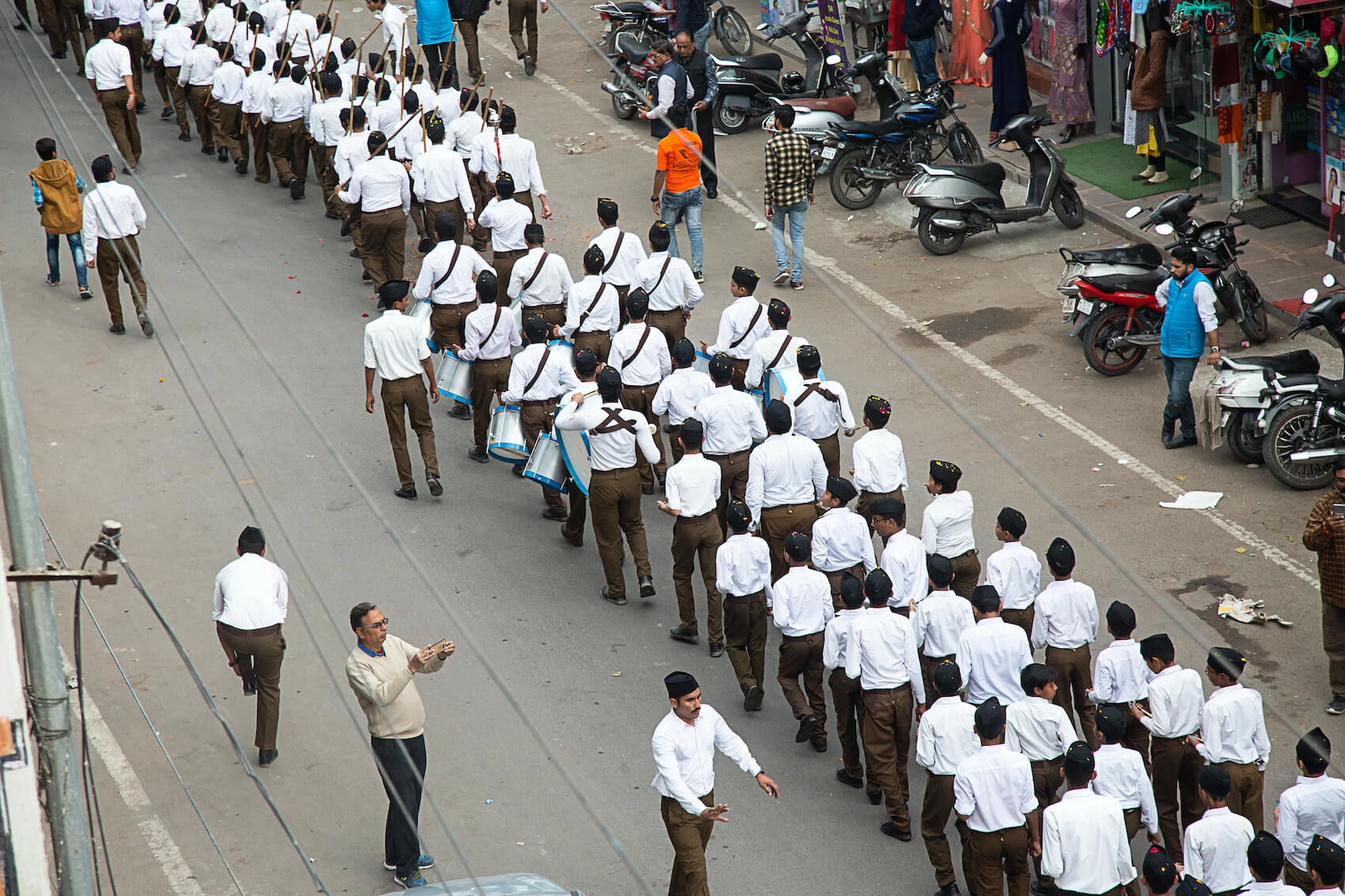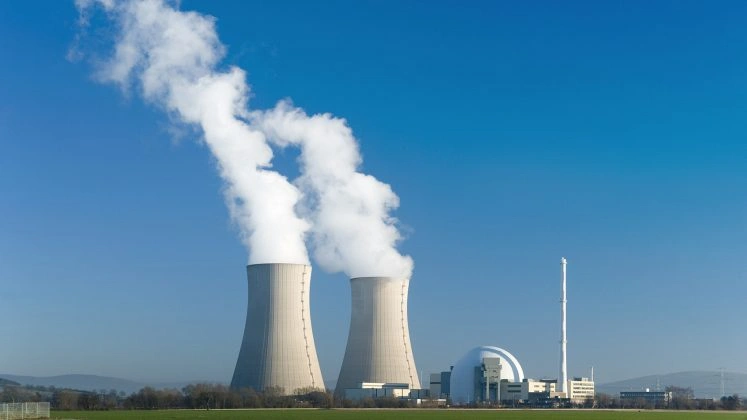Nepal reels as multiple disasters hit the Himalayan nation
Large swathes of farmland and villages have been submerged in the southern plains, while landslides or floods have upended roads and swept away bridges across the country.
Over 200 deaths due to landslides and floods triggered by seasonal rains have been recorded since late May.
Kathmandu has over 1000 active cases of the coronavirus, but the city does not yet have a concrete plan to protect its residents or public health workers.
The economic impact of the COVID-19 pandemic has been extremely harsh. A quarter of Nepali’s have lost their jobs as travel bans and lockdowns impacted tourism and other activities severely, a senior central bank official said on Thursday.
Natural disasters
Torrential rainfall for the past three days has triggered floods and landslides in different parts of the country, claiming more than 40 lives and displacing scores of families.
A highway and a concrete bridge have been washed away in recent weather adversities in two provinces.
The rainy season lasts around mid to end-September. The floods show no signs of receding as yet.
COVID-19 outbreak
The Kathmandu Metropolitan City has become one of the most affected zones in terms of Covid-19 spread in Kathmandu Valley.
According to the public health department of the metropolis, the number of infected people reached 1,068 on Monday with six Covid-19 deaths, and the number is steadily rising.
In the densely populated Capital, most houses host more than two families and some others over a dozen. Thus there is a high chance of the disease spreading from one infected family to another in the same household.
Medical care in Kathmandu
“The city’s health department does not have the capacity [to contain the situation]. There is no back-up plan, but we are taking help from the ward offices,” said Rajeshwor Gyawali, administrative spokesperson for the city.
The municipal public health division has deployed 10 units of health workers. Three of them in each unit, for contact tracing in all 32 wards but this is inadequate.
The city does not have a single quarantine facility, nor does it have an isolation centre. According to officials, Kathmandu has an estimated two million residents.
The economic impact of COVID-19
Nepal imposed a nationwide lockdown in March after reporting two confirmed cases of the novel coronavirus. That put an end to its spring climbing and hiking season, which draws visitors from around the world.
Following the outbreak, Nepal lowered its forecast for growth for the fiscal year that ended in mid-July to 2.3% from 8.5%.
Migrant workers in neighbouring India and the Middle East have also returned home in huge numbers. The labour class is struggling because of food insecurity and the deadly virus.
About 20% of Nepal’s 30 million people live on a daily income of below $2. They are heavily dependent on the informal sector, which shut down after lockdowns.





